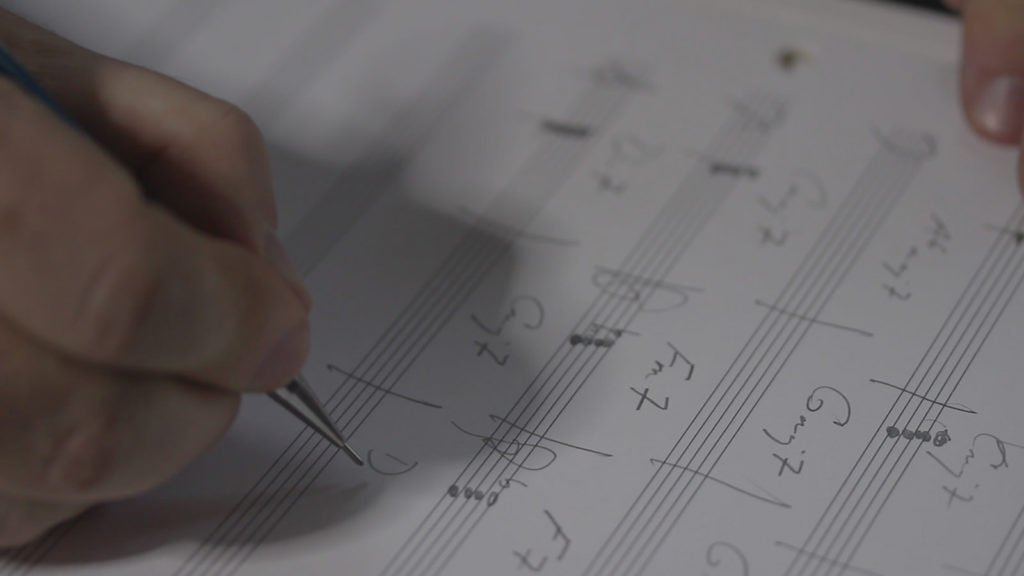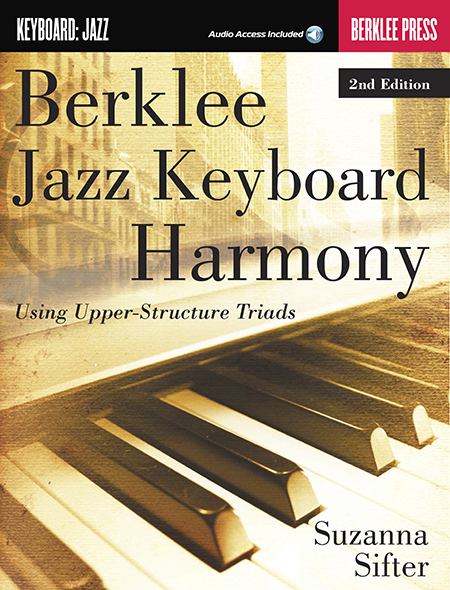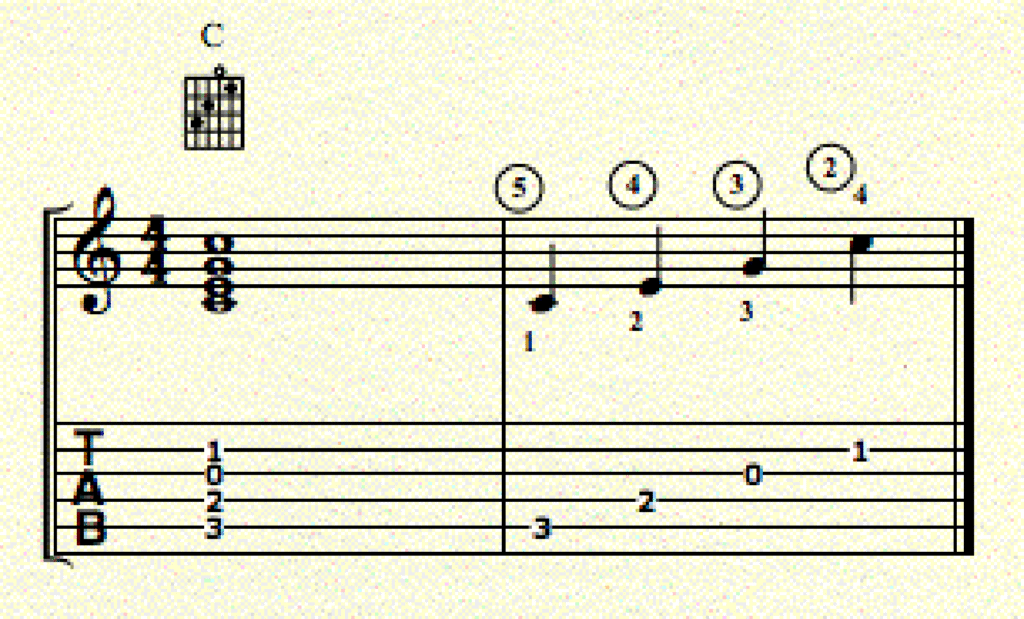
Piano Voicing Techniques
Understanding the basics of piano voicings and the use of common tensions is a first step in creating effective orchestrations of reharmonized melodies.
Discover

Harmonic Progressions for Songwriters
You don’t have to have a degree in music theory to write harmonic progressions that underscore your lyric well.

Modal Harmony in Jazz Composition
The modes have provided fertile musical soil for jazz composers since the late 1950s. In effect, modes can be viewed as displacements of the major scale.

Simplifying Jazz Harmonic Theory with Suzanna Sifter
Suzanna Sifter is author of Berklee Jazz Keyboard Harmony: Using Upper Structure Triads, an extraordinary book that helps pianists organize and understand tensions

Voice Leading for Guitar
In jazz, you will encounter only seven kinds of diatonic seventh chords (from major, melodic minor, or harmonic minor keys). This article will show you how to voice lead smoothly and easily between these chords and their variations.

Imaginary Barlines in Musical Notation
Jonathan Feist explains the concept of imaginary barlines in music theory, a notation convention designed to help the music reader know what’s syncopated.

Guitar Notation Basics
Guitarists might read three different types of notation. Each has its strengths.




